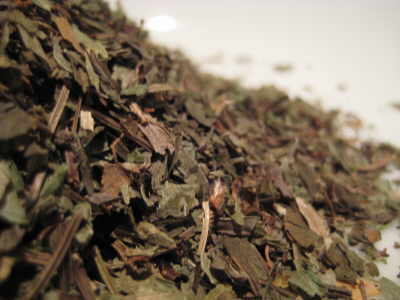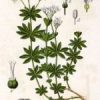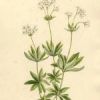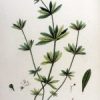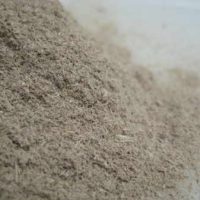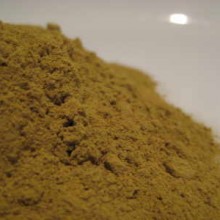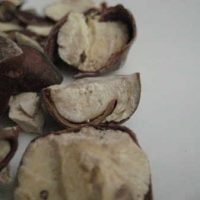Sweet Woodruff (Galium odorata asperula) is a native of Europe, the near Middle East, China and Japan and has been naturalised in some parts of the USA & Canada. It is widely cultivated for its sweet little flowers and aromatic foliage. The plant is harvested just before, or, as it comes into flower and is dried for later use.
It is sometimes known as Wild Baby’s Breath, Master of the Woods and Sweet Scented Bedstraw
It was widely used in herbal medicine during the Middle Ages, gaining a reputation as an external application to wounds and cuts but also, more importantly, taken internally as a tea in the treatment of digestive and liver problems.
Traditional Uses for Sweet Woodruff:-
In current day herbalism it is valued mainly for its tonic, diuretic and anti-inflammatory effects. The leaves are antispasmodic, cardiac, diaphoretic, diuretic, & sedative. An infusion is used in the treatment of insomnia and nervous tension, varicose veins, biliary obstruction, hepatitis and jaundice.
It has been used in snuff, aromatic potpourri, as fragrant bundles or garlands hung from the ceiling in a room, as a stuffing for mattresses, as bunches to keep linen and clothes smelling sweet, and as a herb to strew on the floor in churches or for special occasions to create a fantastic scent when it is walked on.
The leaves, bruised and applied to cuts and wounds, were said to have a healing effect, and formerly a strong decoction of the herb was used as a cordial and stomachic. It is also said to be useful for removing biliary obstructions of the liver. (Mrs. Grieve)
In addition to being a wound healing herb and improving the digestion, Woodruff has also had a persistent reputation in rural areas as a remedy which will help to lift melancholy. For this purpose it was often added to wine “to make a man merry, and to be good for the heart and liver.”
Constituents of Sweet Woodruff:-
A number of species in this genus contain asperuloside, a substance that produces coumarin and gives the scent of new-mown hay as the plant dries. Asperuloside can be converted into prostaglandins (hormone-like compounds that stimulate the uterus and affect blood vessels), making the genus of great interest to the pharmaceutical industry. A homeopathic remedy made from the plant is used in the treatment of inflammation of the uterus.

